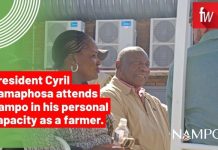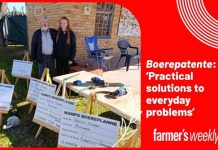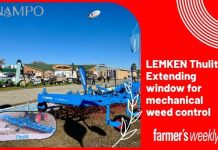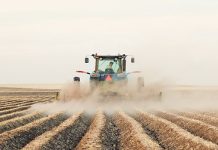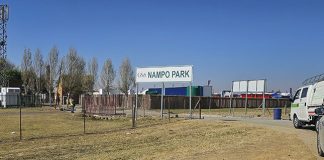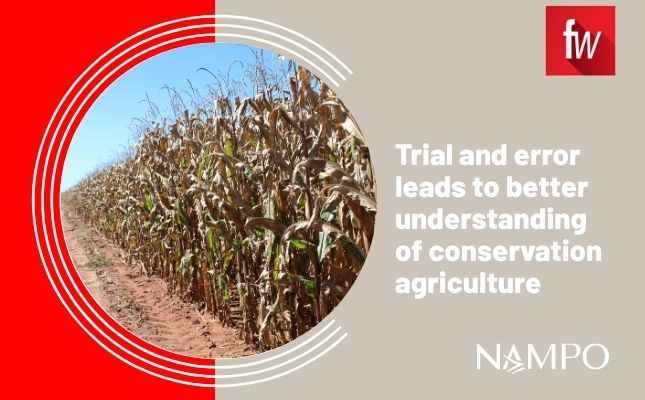
Photo: Lindi Botha
Famers and financiers have gained a clearer understanding of what it takes to make agricultural practices more sustainable. This has made conservation agriculture more bankable.
Speaking at a media event hosted by FNB during Nampo 2025 about the role and future of sustainability for grain farmers, speakers pointed to the J-curve in financial trends (where income dipped drastically in the second year, followed by a rapid increase thereafter) when farmers traditionally embarked on conservation agriculture.
Trial and error came at high cost
Cobus van Coller, a grain farmer in Bothaville, was one of the first farmers to embark on the conservation agriculture journey.
“In the beginning, farmers and input suppliers struggled to find a feasible way forward and there was a lot of trial and error, which often came at a high cost. Today, we have a better understanding of how to implement conservation agriculture, and the school fees are less.”
Gert Breet, sustainable agriculture lead at FNB Commercial, noted that the financial sector had also gone through a learning curve to understand how to support farmers in the sustainability journey.
“It’s not about rands and cents on a spreadsheet anymore. We have come to understand that it can take up to seven years for conservation farmers to stabilise margins. The financial services product design has needed to change, and I believe we will become more innovative over time.”
FNB launched its Sustainable Agriculture Loan a year ago at Nampo 2024. Since then, uptake has demonstrated substantial demand for sustainable practices funding. Breet said that project funding ranged from solar systems to biodiversity projects and water conservation efforts.
Correct financing leads to less severe J-curve
Van Coller emphasised the importance of a financial sector that understood the constraints of farming and the risk attached to changing farming practices.
“Any change requires financing. If a crop farmer needs to add a cattle component to make conservation agriculture feasible, banks need to understand the necessity and urgency of such financing. I don’t think everyone is there yet. But I don’t think farmers fully understand what it takes to make the change to conservation agriculture financially feasible, either.”
He explained that if done correctly, the J-curve would be less detrimental, reducing the risk to the farmer and financier.
“Start with the basics and slowly work yourself up. Implement a robust crop rotation programme, add cattle, and avoid immediately investing in expensive machinery.
“Understand if no-till will work on your farm in your soil type, because sandy soils, for example, are not feasible to implement no-till. We didn’t have this information in the past, but now that we know better, the risk to the whole industry is lower, making it far more likely that farmers and banks will back sustainable practices.”

